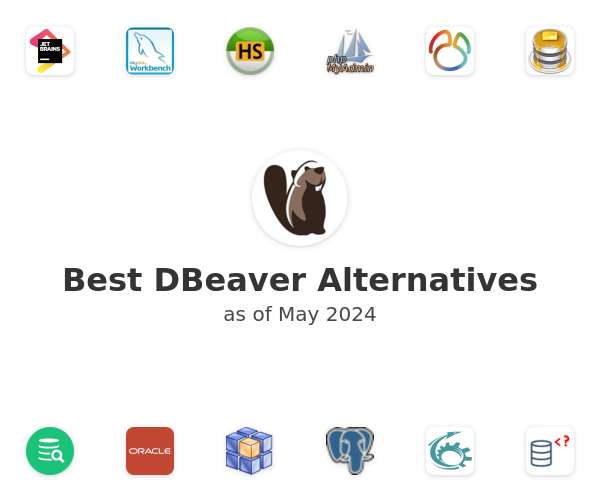

Most NoSQL stores lack true ACID transactions, although a few databases have made them central to their designs.

Barriers to the greater adoption of NoSQL stores include the use of low-level query languages (instead of SQL, for instance), lack of ability to perform ad hoc joins across tables, lack of standardized interfaces, and huge previous investments in existing relational databases. Many NoSQL stores compromise consistency (in the sense of the CAP theorem) in favor of availability, partition tolerance, and speed. Sometimes the data structures used by NoSQL databases are also viewed as "more flexible" than relational database tables. The particular suitability of a given NoSQL database depends on the problem it must solve. key–value pair, wide column, graph, or document) are different from those used by default in relational databases, making some operations faster in NoSQL. The data structures used by NoSQL databases (e.g. Motivations for this approach include simplicity of design, simpler "horizontal" scaling to clusters of machines (which is a problem for relational databases), finer control over availability and limiting the object-relational impedance mismatch. NoSQL systems are also sometimes called Not only SQL to emphasize that they may support SQL-like query languages or sit alongside SQL databases in polyglot-persistent architectures. NoSQL databases are increasingly used in big data and real-time web applications. Such databases have existed since the late 1960s, but the name "NoSQL" was only coined in the early 21st century, triggered by the needs of Web 2.0 companies. For the Microsoft technology also known as structured storage, see COM Structured Storage.Ī NoSQL (originally referring to "non- SQL" or "non-relational") database provides a mechanism for storage and retrieval of data that is modeled in means other than the tabular relations used in relational databases.


 0 kommentar(er)
0 kommentar(er)
